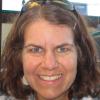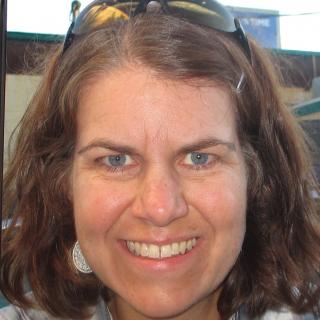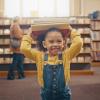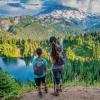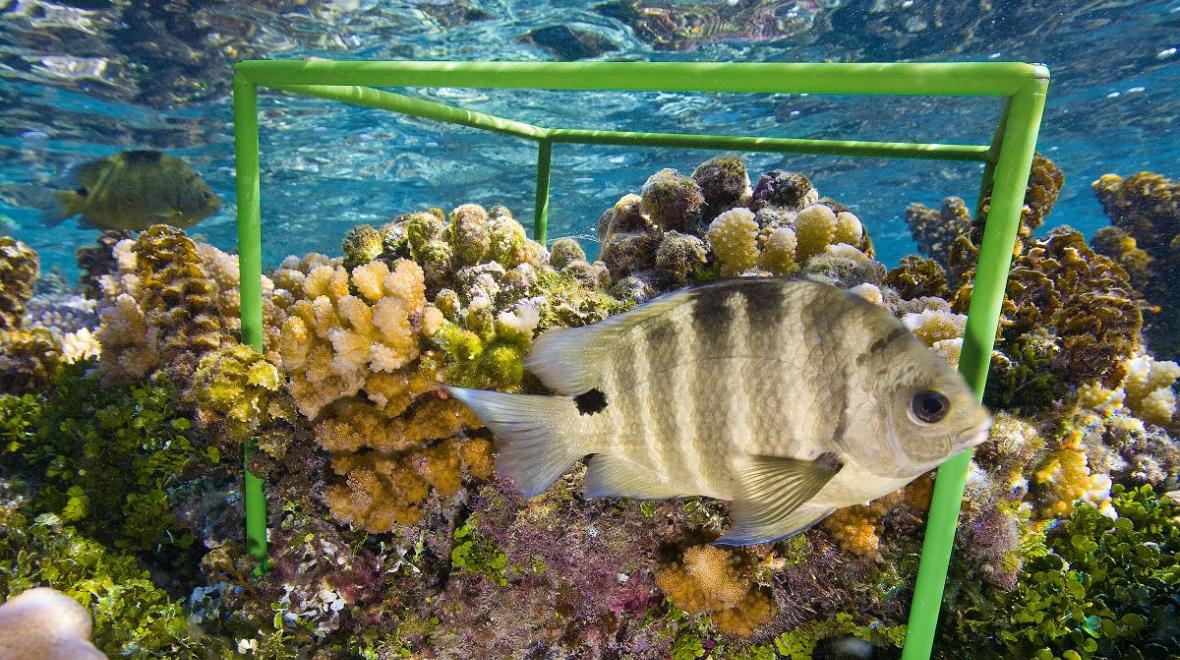
Photo:
A biocube placed on the Tamae Reef off the Pacific island of Mo’orea. Image © David Liittschwager
Seattle-area families know that the Burke Museum is a terrific place to dig into real-world science and natural history. The museum unveils a new special exhibit this weekend that invites visitors to take a very close look at small pockets of our planet.
The exhibit called “Life in One Cubic Foot” combines photographs and research from around the globe with discoveries from right in our local area. The exhibit invites visitors to consider how much life is actually found in just 1 cubic foot of earth or sea. At the same time, it seeks to encourage families and kids to get involved in citizen science.
“Life in One Cubic Foot” opens Saturday, Feb. 12. Entry into the special exhibit is included with regular museum admission or membership.
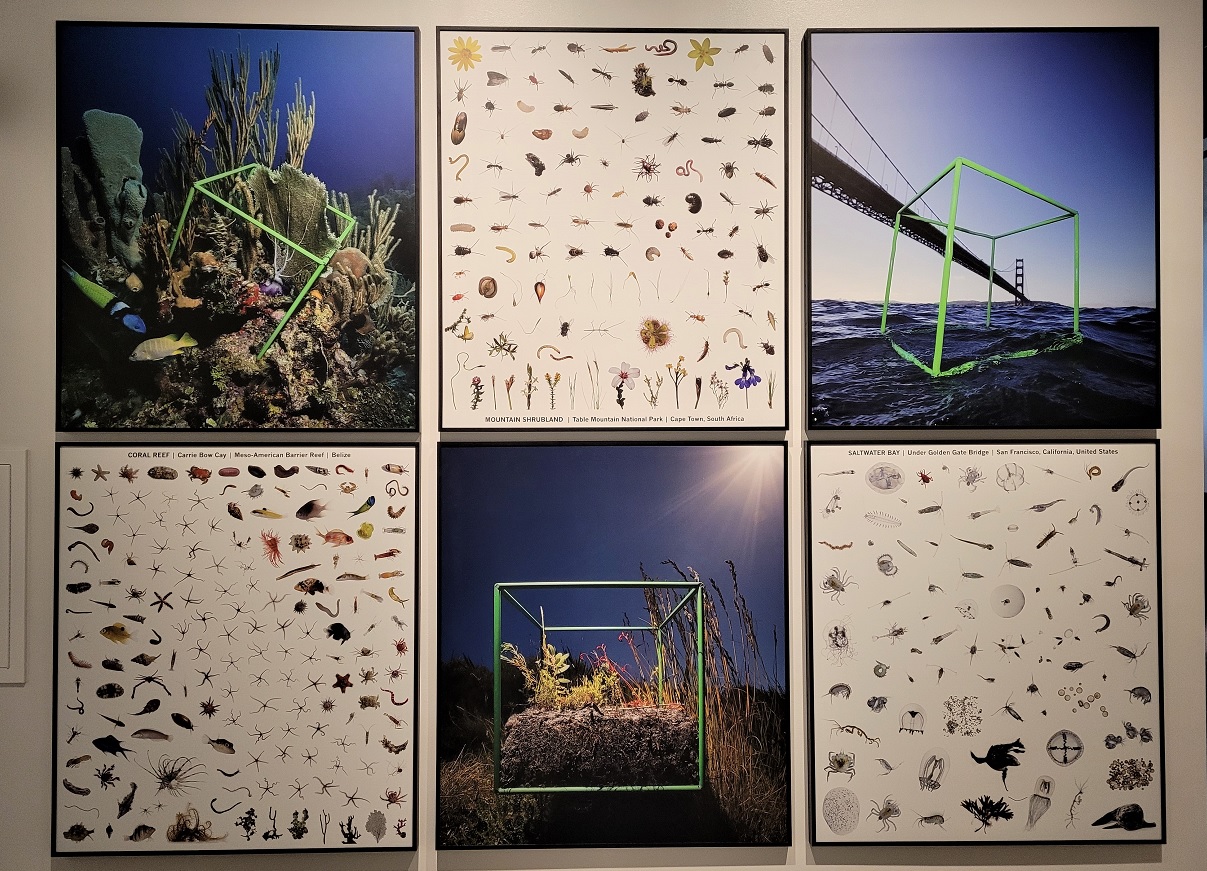
What is a biocube?
A biocube is a 1-cubic-foot framework placed in different landscapes and seascapes that is designed to highlight how much life passes through just a tiny section of our planet. Smithsonian photographer David Liittschwager documented life in the South Pacific, South Africa and other locales. His photographs make up part of the exhibit
Burke scientists replicated the idea in spots closer to home, placing biocubes in Seattle's Seward Park and in Puget Sound eel grass. Displays on these biocubes make up the rest of the exhibit.
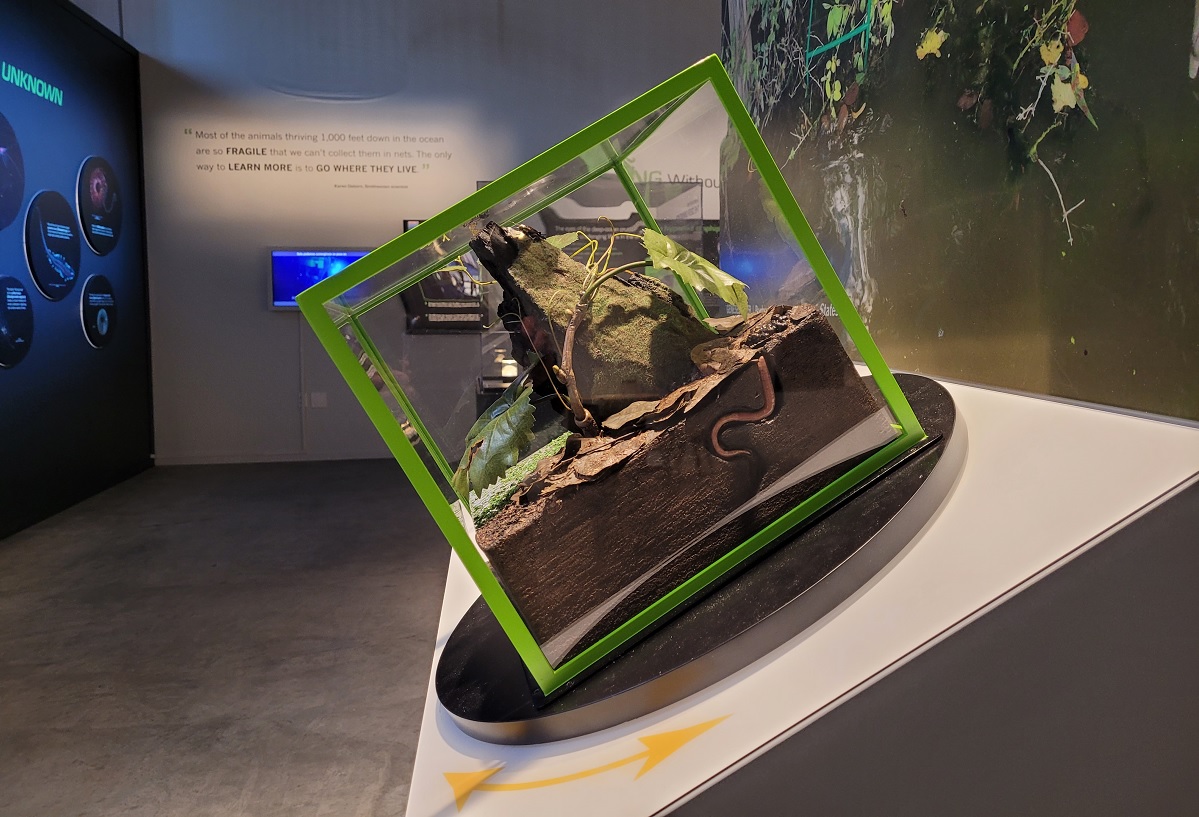
Best things for families
This exhibit is small, and there is a fair amount of text and static displays. School-age kids will be most interested in reading about the research and findings. There are also quite a few aspects that younger kids can get their hands on. Here are some highlights for families with kids:
1. Inspect the photos from around the globe. David Liittschwager's photographs are perfect for a game of I spy. What can you spot in the biocube placed on a coral reef? One of the white-backed photos shows 190 (!) species of crabs.
2. Watch the video about creatures of the midwater — those that live down under the surface of the ocean. These dudes are wild-looking!
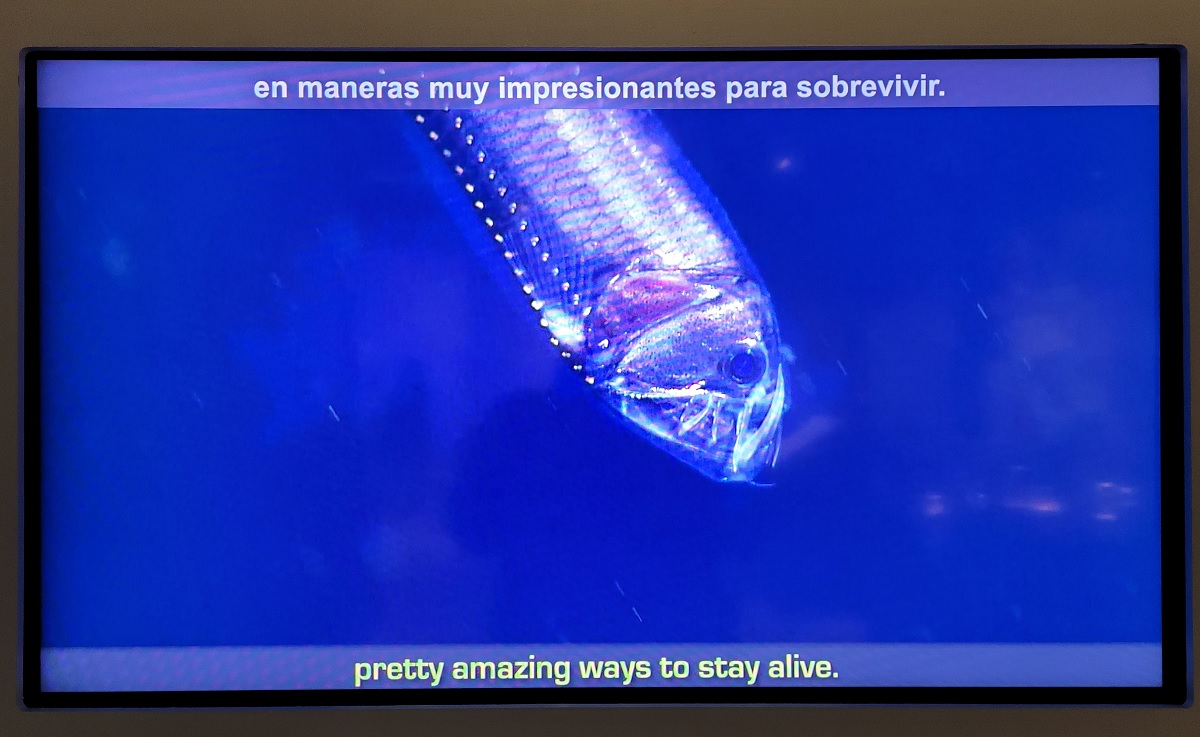
3. Climb up on the green step stools to get a closer look at a biocube model and other hands-on features.
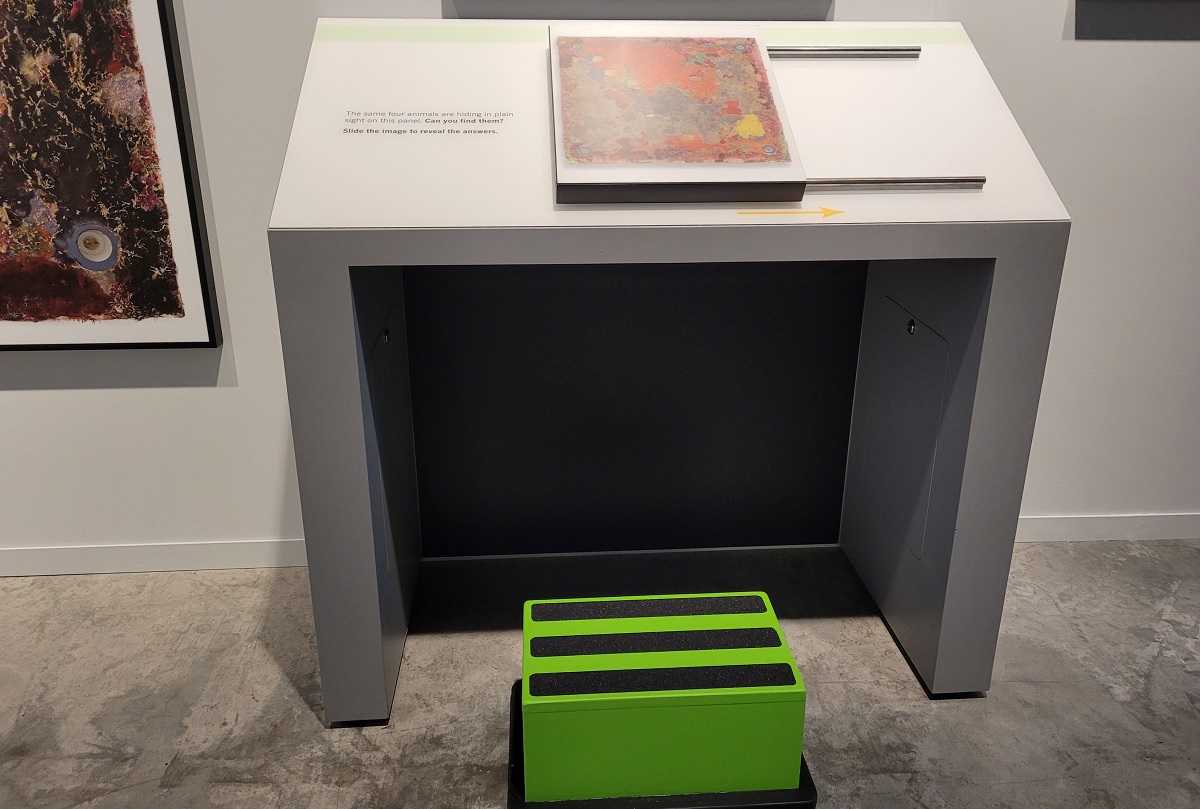
4. Play in the life-size biocube play area where the floor is decorated with a Pacific Northwest riparian scene drawn by illustrator Sami Chang. Sit at one of two art stations to draw or color your own critters or ideas.
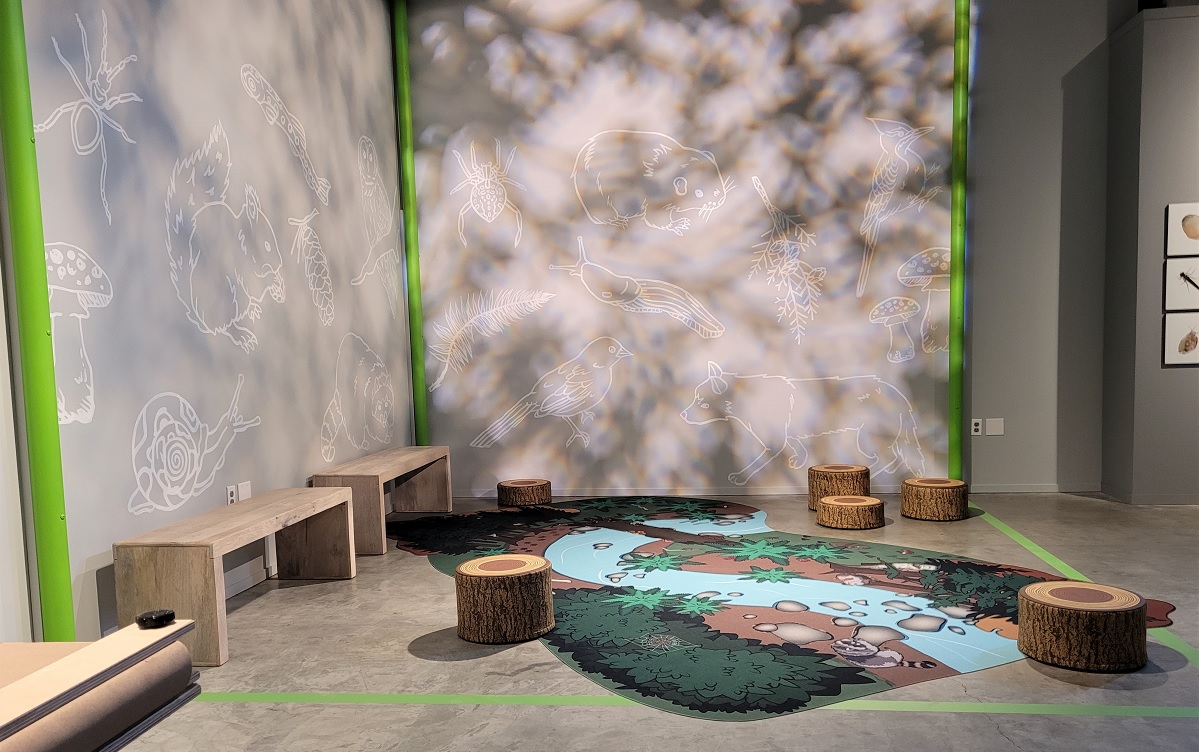
5. Examine all the critters and plants that passed through our local Seward Park biocube. What familiar items or animals can you spot?
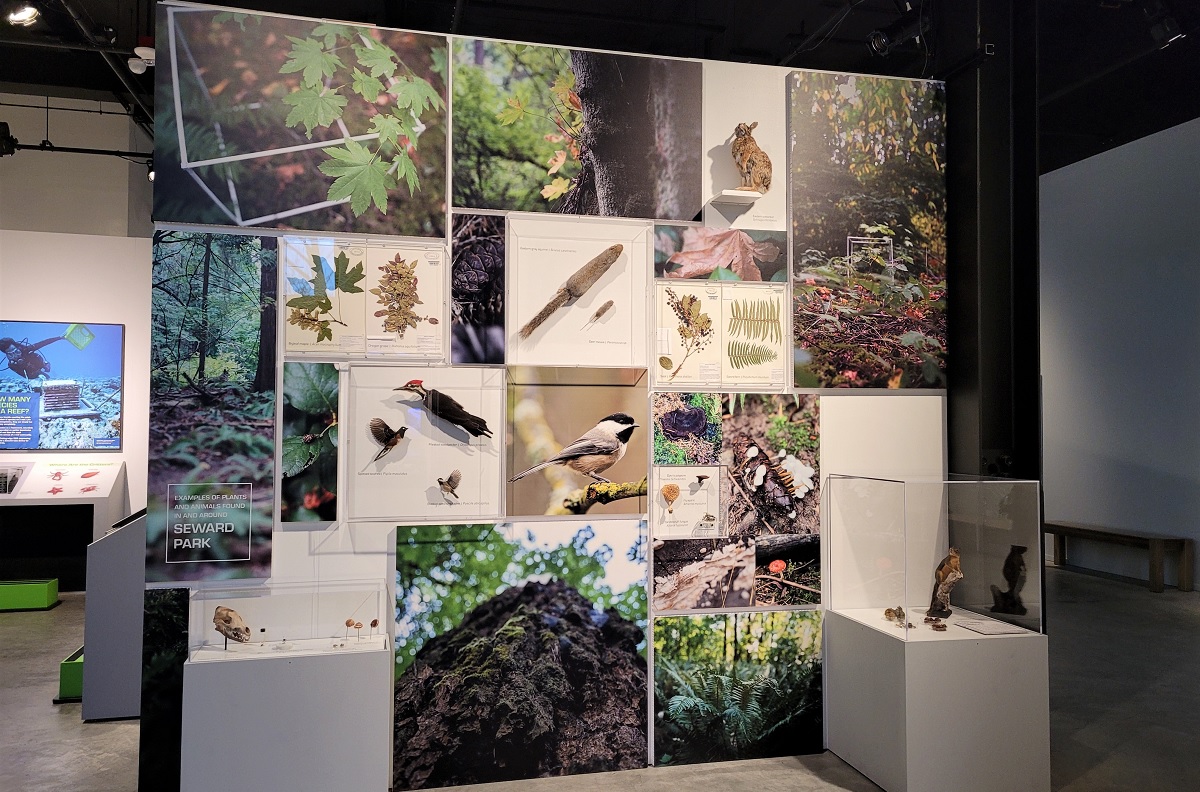
6. Watch the four-walled video display of eel grass and see if you notice anyone or anything lurking within. This last section of the exhibit on Puget Sound eel grass may go over most kids' heads, but developing an appreciation for eel grass — and treating it carefully when you're on the beach during extra-low tides — is a great lesson on local marine science.
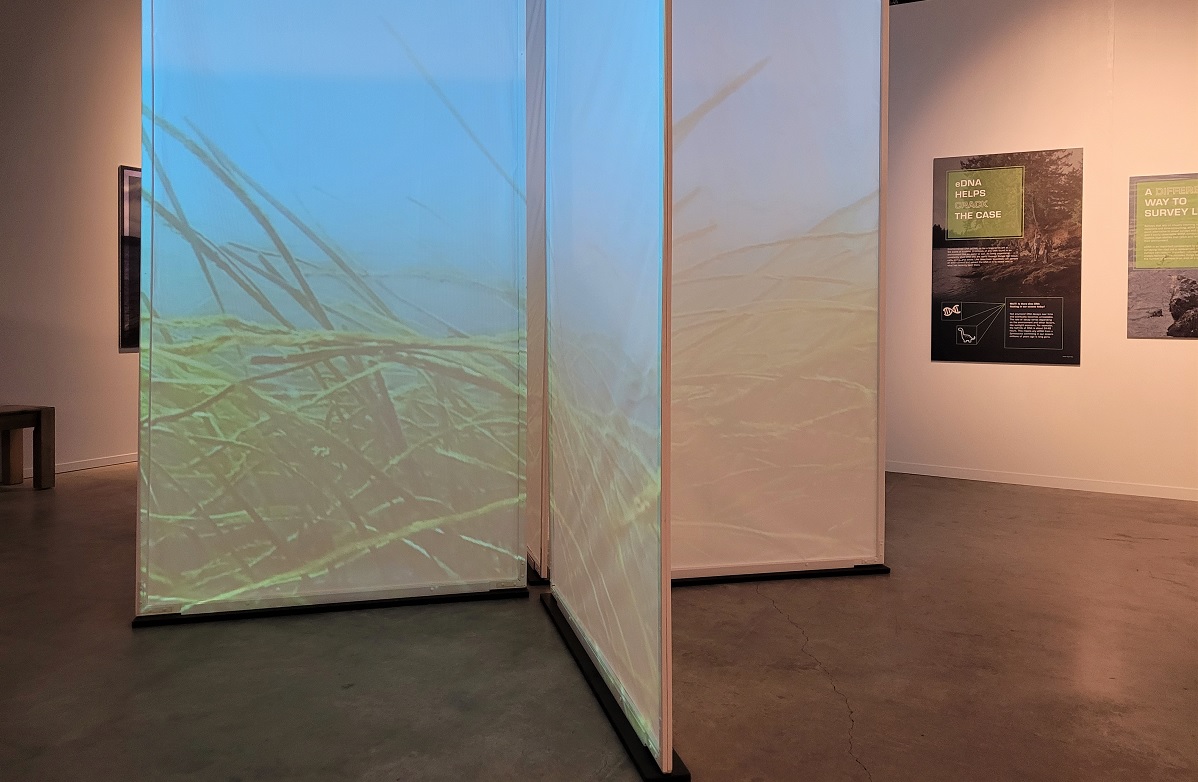
7. Get inspired to make your own biocube. Visit The Burke's website for more info on building your own biocube and documenting your findings through iNaturalist. Citizen science rules! Even cooler, watch for upcoming information on the SLIME citizen science project. SLIME stands for Slugs and Land Snails in Metropolitan Environments. Who doesn't want to get more acquainted with our local slugs and land snails? Duh!
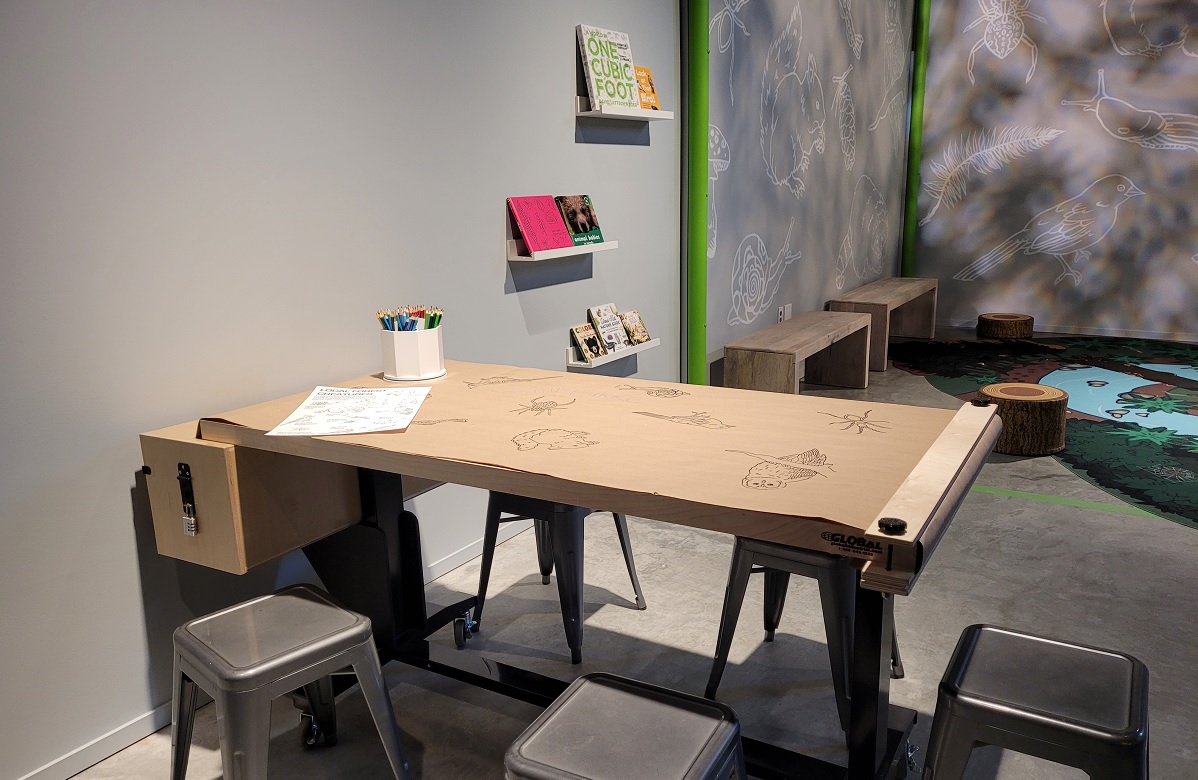
More for kids at The Burke
The Burke Museum is a wonder for families. Even younger kids will find plenty to love — especially dinos — and older kids will gain a real-world view of science in action. Viewing windows into workrooms are the very best thing about the Burke's fabulous new building. Don't miss the animal preparation window; it's completely fascinating (though not for very sensitive individuals).
A couple of displays on the second floor of the museum resemble towers of animals. They offer so much to take in and illustrate the web of life. Example: Don't you want to meet up with this friendly face?
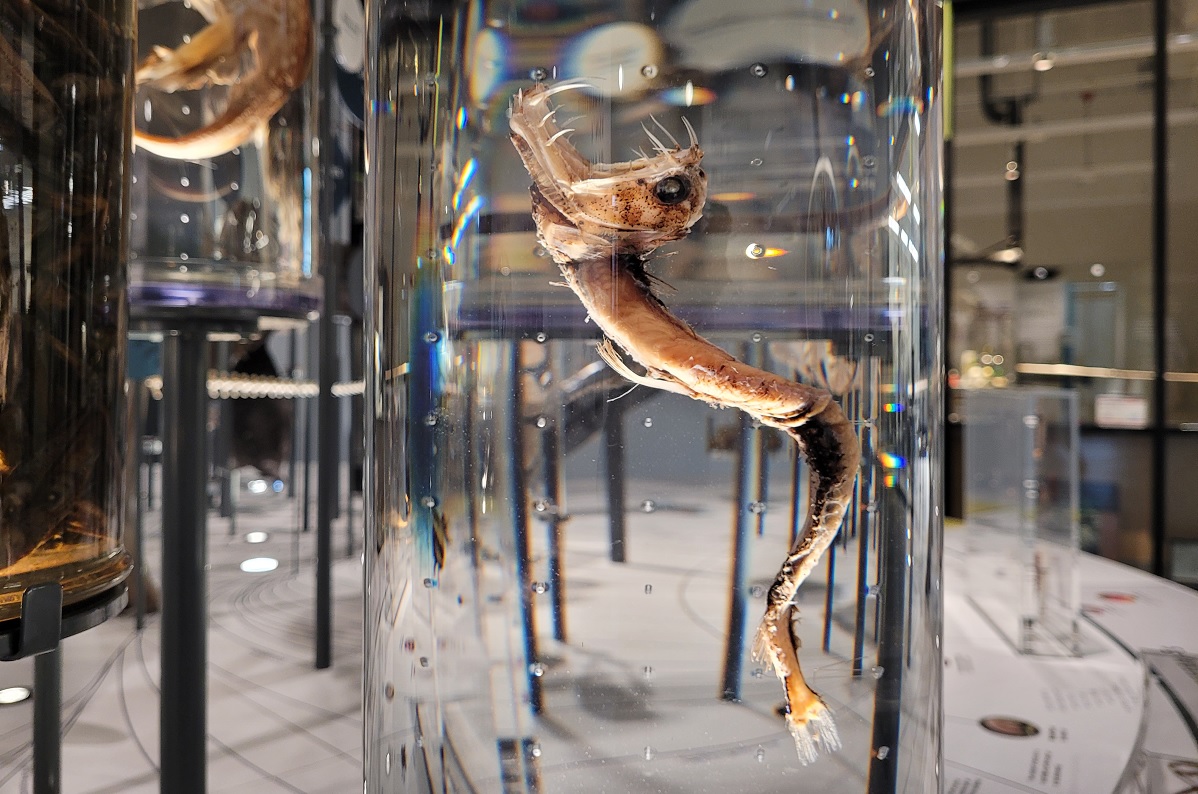
If you go ...Where: The Burke Museum of Natural History and Culture, commonly called The Burke, is located at the northwest corner of the University of Washington campus. The address is 4300 15th Ave. N.E., Seattle. Open hours: The Burke is currently open Tuesday–Sunday, 10 a.m.–5 p.m.; free first Thursday hours are 10 a.m.–8 p.m. on the first Thursday of each month. Admission: $22 for adults; $14 for youths ages 4–17 and students; ages 3 and younger enter free. UW students, staff and faculty enter free. Admission is free to all on the first Thursday of the month. A membership can pay for itself in as few as three visits; additional discounts are available. Book tickets online, or just show up: Advance ticketing is no longer required, but it is a good idea on weekends. Safety: Museum visitors ages 5 and older must wear masks at all times while in the museum. Tots ages 3–4 are strongly encouraged to wear masks. Proof of COVID-19 vaccination is required for visitors ages 12 and older. Getting there: The Burke website lists parking options, but there is no free parking in the area. The UW campus is well served by public transit; consider taking the bus, or ride the light rail and hop off at the brand-new U District station. More fun around Seattle: |



